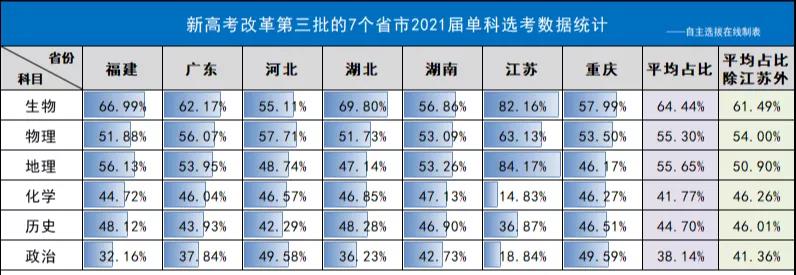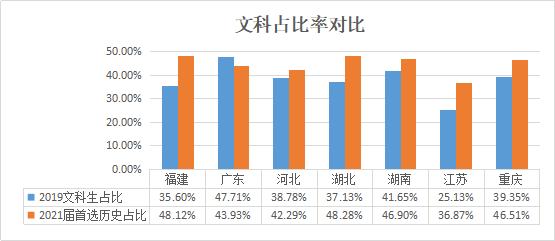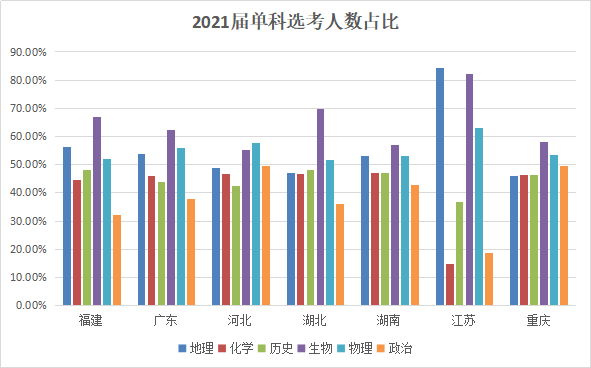【1】原文:
四合院(Siheyuan)是中国传统民居中最重要的形式。它数量多、分布广,并且在汉族、满族、白族以及其他少数民族中十分流行。大多数房屋采用木质框架。主屋在南北走向的轴线上,两个厢房则位于四合院的两侧。家庭中的长者住在主屋中,在两翼则是年轻一代的屋室。妇女住在内院。客人和男仆住在外院。这种分布符合封建理制
(feudal regulations)。四合院遍布全国的城乡 ,但由于各地自然条件和生活方式各有不同,因此发展出各自的特征。北京的四合院是最具代表性的。
参考答案:
Siheyuan is the most important form of Chinese traditional house. It is GREat in number and wide in distribution, popular among Han, Man, Bai, and some of other minority groups. Most of the houses are of wood framework. The principal room is built on the south-north axis, and two wing rooms are located on both sides of it. The family elders live in the principal room and wings are the bedrooms for the younger generations. Women live in inner yard. Guests and male servants live in the outer yard. This distribution is in accordance with the feudal regulations. Siheyuan spreads over towns and villages throughout china, but each
developed its own charACTeristics as a result of respective natural conditions and different ways of life. Siheyuan in Beijing is the most representative.
【2】 原文:
风水(Feng shui)是中国建筑中的一个特殊传统,是古人对空间的布置与安排方法,其目的是为了实现建筑与环境的和谐共存。风水的字面意思就是“风和水”。在古代,风水通常将从选址、设计、建筑直到内部和外部装修的整个过程联系在一起。它将天、地、人三者融为一体,并且在所选的地址、方位、自然法则以及人类命运之间寻求和谐。它反对人对自然的破坏,而是强调人与环境的共处,这种状态被认为是完美、神秘的。
参考答案:
Feng shui, a special Chinese traditional in architecture, is the ancient Chinese prACTice of placement and arrangement of space to achieve coexistence in harmony with the environment.Feng shui literally translates as “wind-water”. Feng shui usually links the whole process from site selection, designing, construction and interior and exterior decoration in ancient times. It combines the trinity of the heaven, earth, and humans, and seeks harmony between selected site, orientation, nature doctrine and human fate. It repulses human destruction of nature and stresses cohabitation with the environment, which is regarded as perfect and occult.
【3】原文:
舞龙(Dragon dance)是中国文化中一种传统的舞蹈与表演形式。它起源于汉朝并且由信仰并尊敬龙的中国人所开创。人们认为舞龙一开始是农耕文化的组成部分,起初也是治病和防病的一种方法。舞龙在宋朝(Song Dynasty)就已经成为一项流行的活动。舞龙是中国文化和传统的重要组成部分,已经传遍了中国乃至全世界,而且已经成为中国体育活动中的一种特殊的艺术表演。它象征着在来年为世界上所有的人带来好运和兴旺。
参考答案:
Dragon dance is a form of traditional dance and performance in Chinese culture. It originated during the Han Dynasty and was started by the Chinese who has shown GREat belief and respect towards the dragon. It is believed to have begun as part of the farming and harvest culture, also with origins as a method of healing and preventing sickness. Dragon dance wasal ready a popular event during the Song Dynasty. Dragon dance is an important part of the Chinese culture and tradition. It has spread throughout China and to the whole world and
become a special performance of arts in the Chinese physical ACTivities. It symbolizes good luck and prosperity in the year to come for all the human beings on earth.
【4】原文:
中国结(The Chinese Knot)是一种古老的艺术形式。人们发现,绳结可以追溯到10 万年前。中国人不仅用绳结来固定、包裹、狩猎、捕鱼,还用来记录事件,而且有些绳结纯粹起装饰作用。中国结具有文化内涵(culture connotation)。由于结在汉语中的发音与“吉”相近,吉的意思为“福、禄、寿、喜、财、安、康”,这是中国人永恒的追求,因此有些中国结表达出人们的各种愿望。例如:新婚夫妇的房间通常用一个盘长结(Pan-chang Knot)来装饰,象征着永恒的爱情。
参考答案:
The Chinese Knot is an ancient art form and the artifACTs could date back to 100 000 years ago. Chinese people used knots for more than just fastening, wrapping, hunting, and fishing. Knots were also used to record events, and some knots had purely ornamental functions. The Chinese Knot has culture connotations. Since knot is pronounced as “Jie” in Chinese similar with the of “Ji”, which means blessing, good salary, longevity, fortune, safety and health and is the everlasting pursuit of Chinese people, some Chinese Knots express people’s various hopes. For example, the room of newlyweds is usually decorated with a Pan-long Knot to symbolize eternal love.
【5】原文:
现代中国人的姓名通常由姓(家庭姓氏)和名(个人所起的名字)组成,并且姓 在前,名在后。因此,王小平被称为王先生,个人的名字为小平。但是,在中国古代,起名字非常复杂。一个人通常有好几个名字,包括姓、氏、名、字,每一个都表达不同的意思。姓和氏演变为现在的姓,名和字则演变为现在的名。现在人们通常用姓氏来指一个人的姓,用名字来指一个人所起的名。对中国古代文献的研究表明,“姓”最初指不同的母系部落(matriarchal tribes)的名字,和人们的居住地也有某些关系。研究表明,“姓”出现于母系社会时期,大约四千至五千年之前。
参考答案:
A modern Chinese usually has a surname (family name) or xing and a given name (first name), or ming (or mingzi), always in that order. Thus Wang Xiaoping is Mr. Wang with the personal name Xiaoping. In ancient China, however, naming was very complicated and one person usually had several names, including xing, shi, ming, and zi. Each of these four words meant a different thing. Xing and shi together formed today’s surname, and ming and zi today’s given name. Nowadays, people use xingshi to refer to a person’s surname, mingzi to refer to one’s give name. Study of ancient Chinese documents shows that xing originally referred to the names of different matriarchal tribes. It also had something to do with the place where people live. Researches show that xing came into being during the matrilineal society period, around four or five thousand years ago.
更多四六级学习内容请关注:长沙新东方四六级
了解新东方四六级课程请点击:四级 六级





















 京公网安备11010802021790号
京公网安备11010802021790号









 学习资料
学习资料
